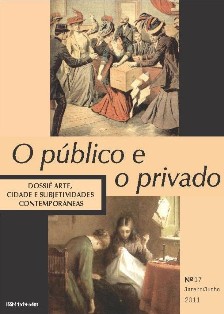Public Space, urban requalification and cultural consumption
the dragão do mar cultural center and its surroundings
Keywords:
Urban requalification, Public place, Dragão do Mar Center of Art and CultureAbstract
This article discusses the crisis of public space in the contemporary city, which appears in the proliferation of segregating spatial forms such as shopping centers, gated residential areas and gentrified areas. The text analyses the case of Dragão do Mar Center of Art and Culture, whose building had among its main objectives the recovery of Fortaleza’s public space. This project presented mixed results. On one hand, its open spaces are used by different types of people; on the other hand, in its museums and shows the attendance is mostly high and middle class, due to the limited cultural capital of low income population. On the vicinity of Dragão do Mar, profitable uses such as restaurants, bars and dancing places prevail. But the presence of young people outside these places is conspicuous, promoting free consumption of music and dance, and interacting with informal venders of cheap food and beverages. Such practices escape from the foreseen uses, expressing sociability in the sense defined by Simmel: they are endogenous affectionate exchanges that occurred between peers. As such, sociability permits the coexistence of uses and counter-uses, which express struggles in and for the city.











